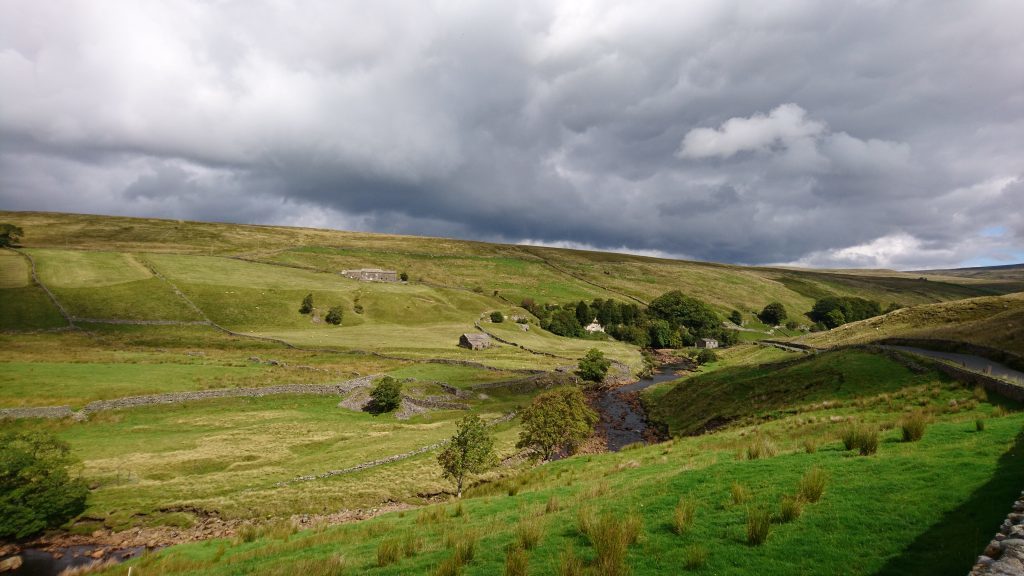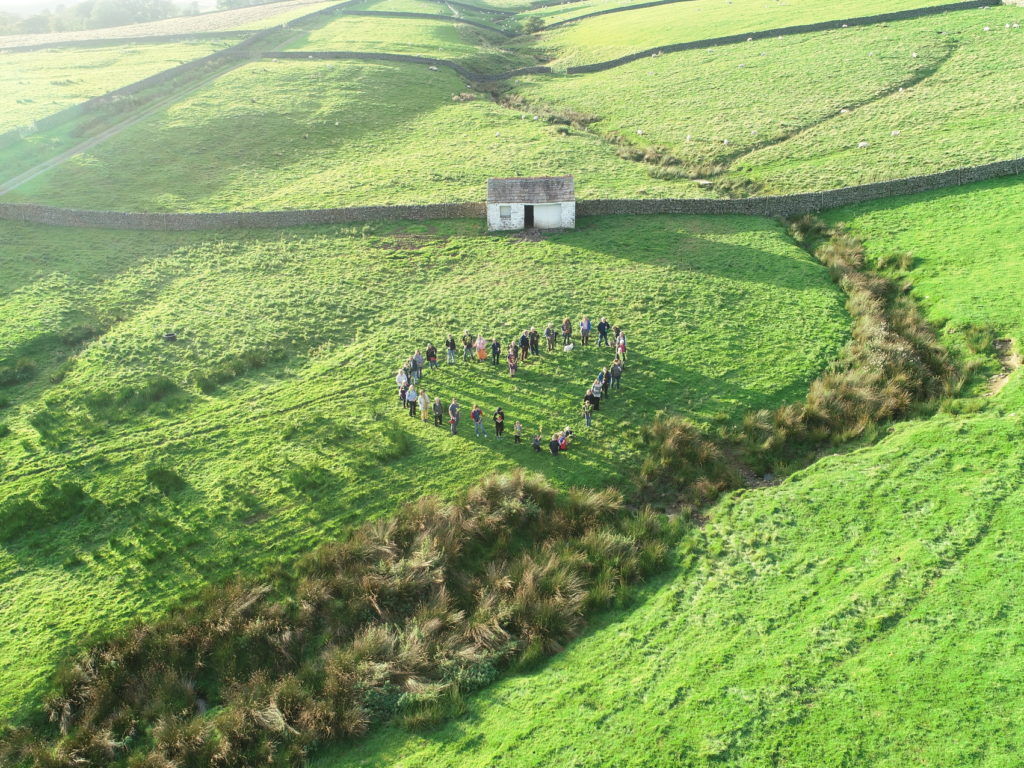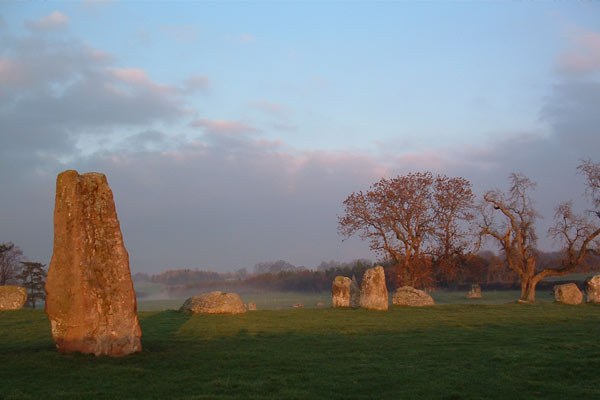News
International Trails Day 2020
5 December 2024
The Pennine Way: a blog for International Trails Day 2020
The Pennine Way is a 268 mile walking route that stretches from Edale in Derbyshire up to Kirk Yetholm just over the border into Scotland. It is a spectacular route that takes in some of the best upland landscapes in the country, from the Peak District, through the Yorkshire Dales, into the North Pennines and finally through Northumberland. Some argue, and who are we to disagree, that the North Pennines AONB offers many of the route’s highlights. But it isn’t all rosy – it brings walkers to some of the toughest stretches too.
- Over a quarter of the Pennine Way (73 miles) is within the North Pennines AONB and UNESCO Global Geopark. It winds its way through the North Pennine uplands, starting in our very small corner of North Yorkshire at Tan Hill, weaves through County Durham and Cumbria, before leaving us in the Northumberland section on the way towards Hadrian’s Wall.
- Another famous landmark on the route is the Tan Hill Inn, the highest inn in Britain, dating back to the 17th Century. Although it sits at the very northern edge of the Yorkshire Dales, the pub itself is in the North Pennines AONB.
- The Pennine Way’s highest point is in the North Pennines – Cross Fell, at 893m (2,930 ft).
- Below Cross Fell, the descent takes you onto an old corpse road which was used to transfer bodies from Garrigill to Kirkland.
- In one of the world’s toughest endurance races, participants in the Montane Spine Race tackle the full 268-mile route in a non-stop epic challenge in wintry conditions each January. The record for this race, dubbed ‘Britain’s Most Brutal’ is currently held by British runner, Jasmin Paris, at an unbelievable 83 hours, 12 minutes and 23 seconds.
- The Pennine Way passes by High Force, the largest waterfall in Britain, which drops an uninterrupted 70 feet. It is the largest waterfall, but not the highest, in Britain with the largest volume of water in a single drop.
- As well as High Force, one of the geological highlights of the Pennine Way is High Cup Gill and High Cup Nick. The ‘Nick refers to the apex of the ‘Gill’ Valley.
- Pennine Way walkers should choose their timing carefully. Early in the year the rare spectacle of black grouse ‘leks’ can be seen by early risers while the sights and sounds of breeding waders, including lapwing and curlew, will be a constant accompaniment in spring. Early summer also brings the beauty of the traditional hay meadows – 40% of England’s remaining species-rich hay meadows are in the North Pennines AONB.
- Eagle-eyed walkers may spot rare arctic alpine flora by the route in Upper Teesdale. The ‘Teesdale Assemblage’ is a group of 20 internationally important plants, examples of the first vegetation that grew here after the last ice age. One of the rarest of these plants is the spring gentian, and this is the only place in England that they grow, flowering from late April to early June. They are often hidden in the surrounding vegetation, but when you spot them, the startling deep-blue flowers will stop you in your tracks.


















